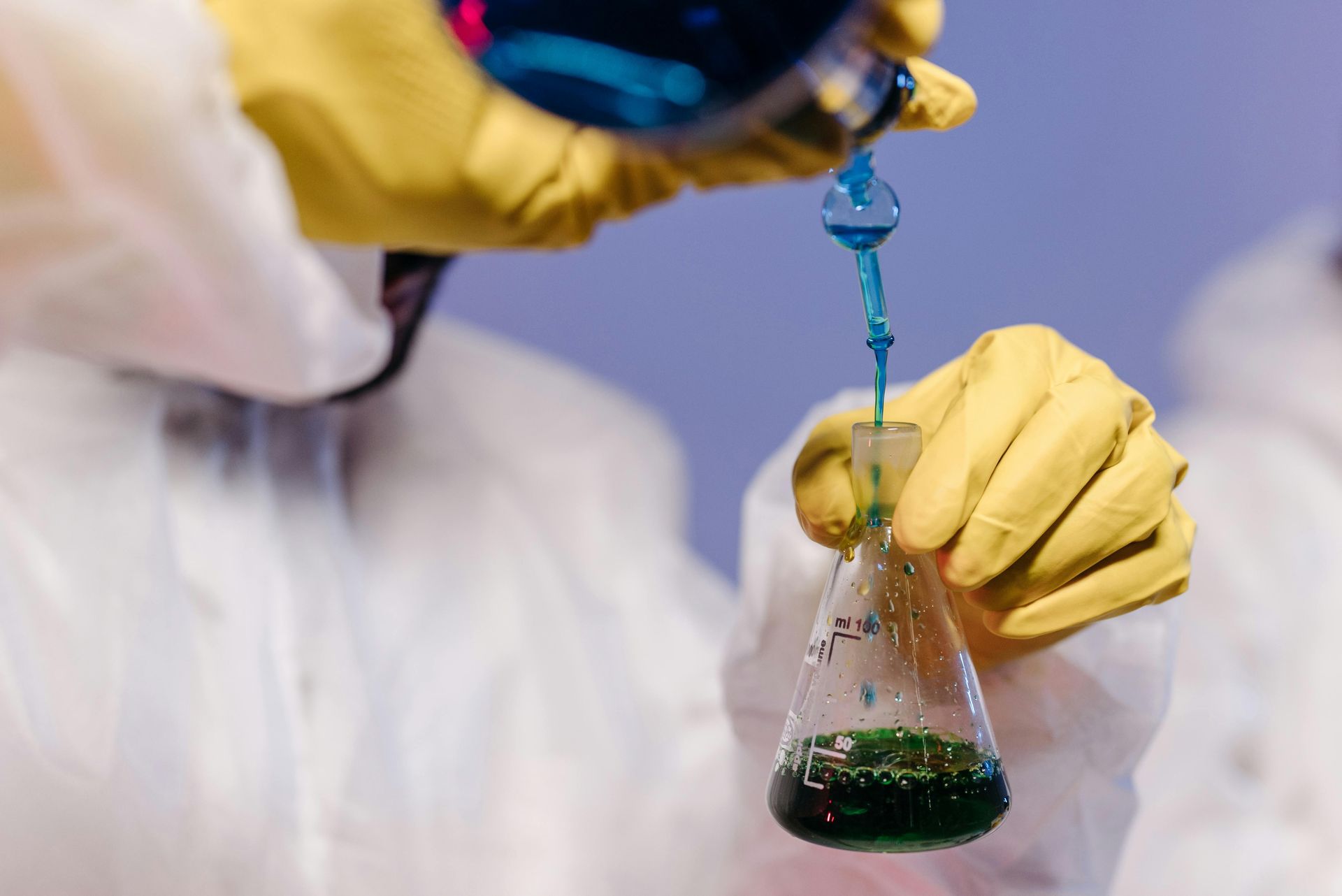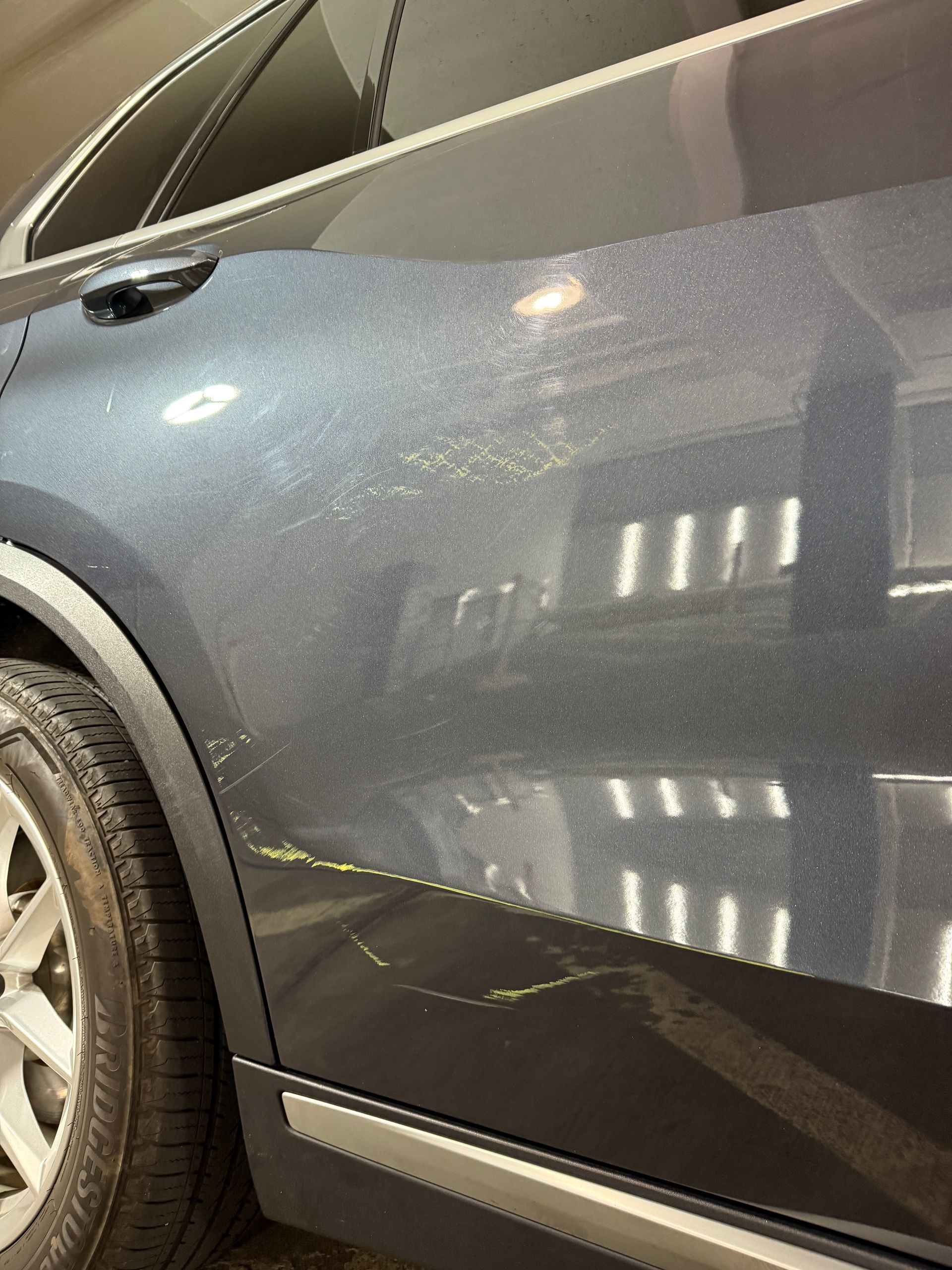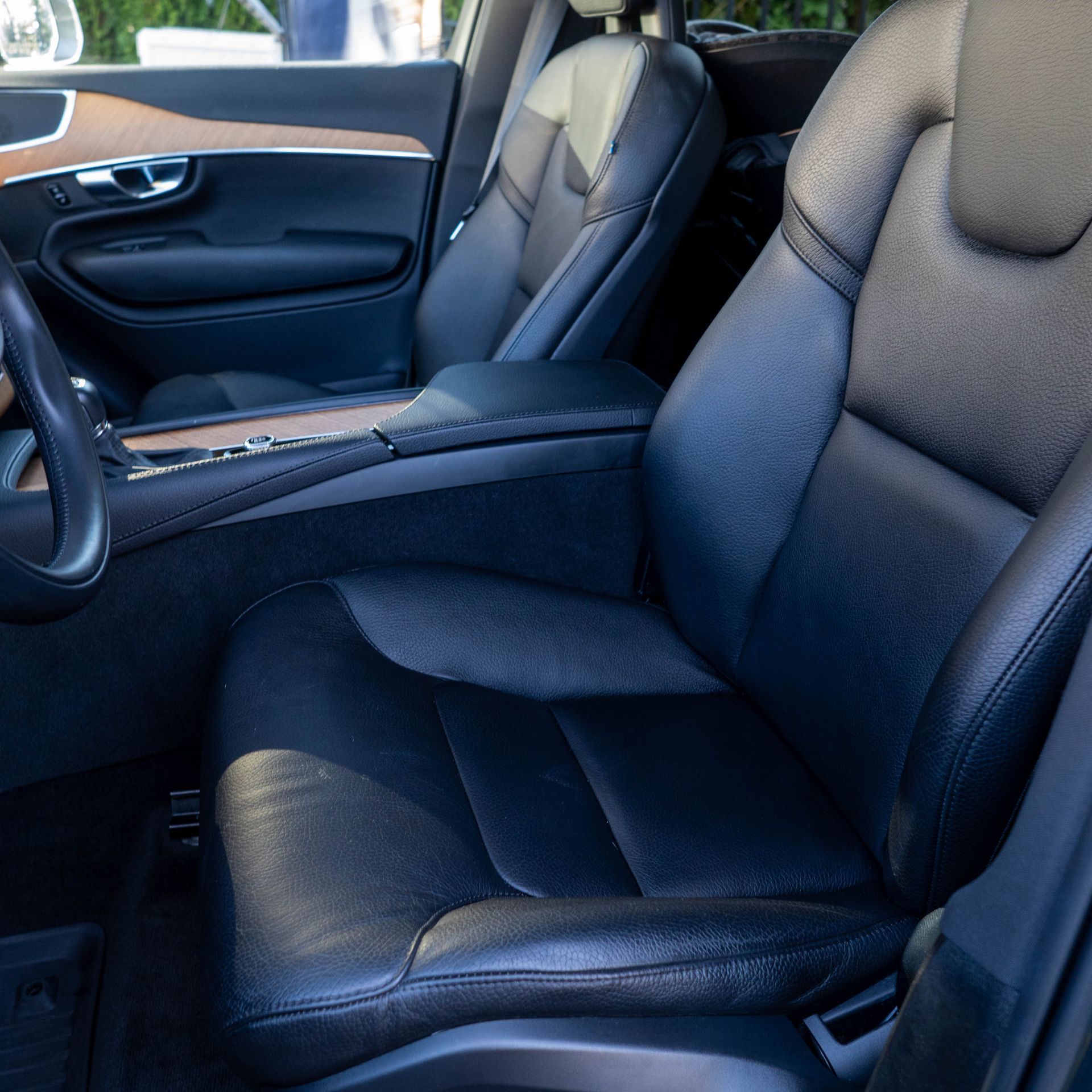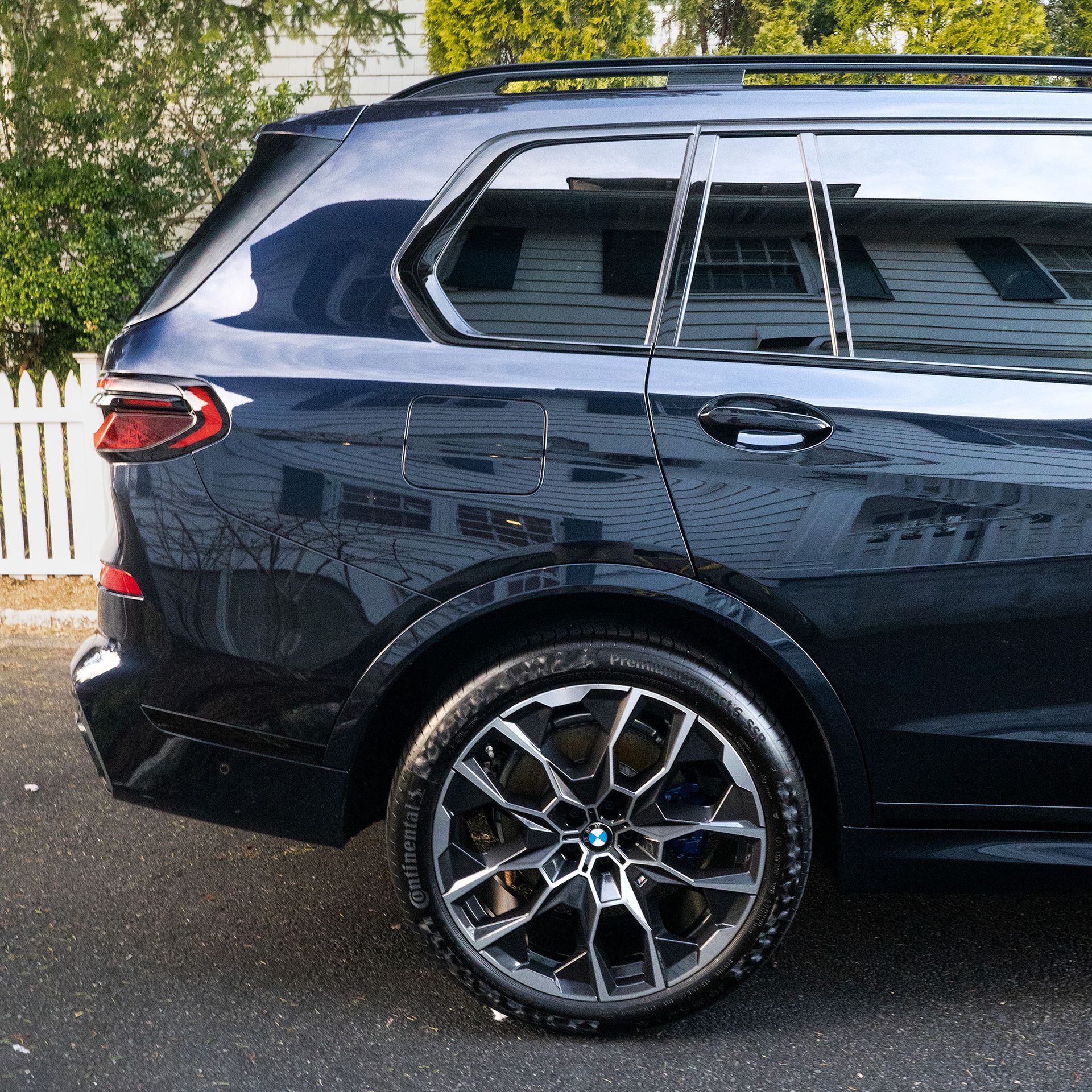The Effects of Sun Exposure on Automotive Surfaces
July 6, 2024

While sunlight is essential for life on Earth, its powerful ultraviolet (UV) rays can wreak havoc on your car's exterior and interior surfaces over time. Tonneau covers, paintwork and interior surfaces alike are all susceptible to fading, cracking and discoloration from these solar rays. Fortunately, with the latest automotive technology, protectants are able to shield cars components from the daily risk of prolonged sun exposure.
How does sun damage on cars happen?
The sun emits three different kinds of UV rays, UVA, UVB and UVC radiation. While the ozone layer blocks most UVC rays, UVA and UVB reach the Earth's surface and causing potential damage to your vehicle. These rays break down chemical bonds in materials, leading to discoloration, fading, and deterioration of both exterior and interior components.
Paintwork damage caused by sun exposure
Paintwork is normally the first part of a vehicle to show wear from sun exposure. UV rays go through the clear coat and begin breaking down the paint pigments, causing them to lose their vibrancy. Known as oxidation, this process can turn a glossy clear coat into dull, discolored surfaces. Dark colors are particularly susceptible, often fading to a lighter shade or developing a cloudy appearance.
Plastic trim, headlights, and taillights are also prone to UV radiation. The sun causes plastics to become brittle and discolored, turning black trim pieces gray or white and causing headlight lenses to become foggy and yellowed. Over time, headlight oxidation can cause decreased output, and should be restored periodically as to not compromise safety. Oxidation on trim can happen similarly to other plastic and rubber components like window seals, windshield wiper and tires. These parts dry out over time and are prone to cracking and breaking after repeated sun exposure.
Interior surface deterioration caused by UV Rays
Interior surfaces inside of the vehicle are composed of vinyls, plastics and upholstered surfaces. With exposure to the sun, hard materials and leathers can fade, dry out and crack, while soft fabrics like carpets and cloth seats will lighten. Excessive heat can cause damage to sensitive electronic systems, potentially leading to malfunctions and costly repairs.
Protecting your vehicle from UV Damage
While the sun's is persistent, there are steps you can take to protect your vehicle:
- Regular washing and waxing: A good coat of wax or ceramic sealant provides an extra layer of protection against UV rays.
- Park in the shade: Whenever possible, park your car in a garage or shaded area.
- Use sunshades: When parking outside, use a windshield sun shade to protect your dashboard and interior.
- Apply UV protectant: Use products specifically designed to protect against UV damage on both interior and exterior surfaces.
- Consider paint protection film or ceramic coating: These professional-grade solutions offer long-lasting protection against sun damage and other environmental factors.
By understanding how the sun affects your vehicle and taking proactive measures to protect it, you can maintain your car's appearance and value for years to come. Remember, prevention is always easier and more cost-effective than restoration. Protect your investment from the sun's harmful rays, and your car will thank you with a longer-lasting, more vibrant appearance.



© Westchester Auto Detail 2020-2025. All rights reserved.





